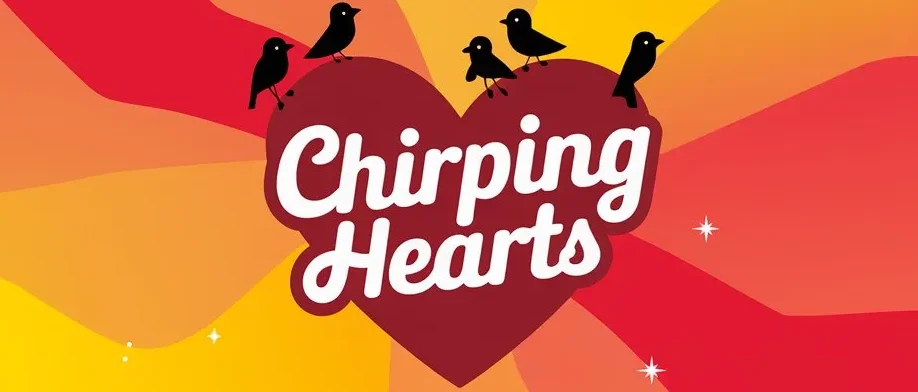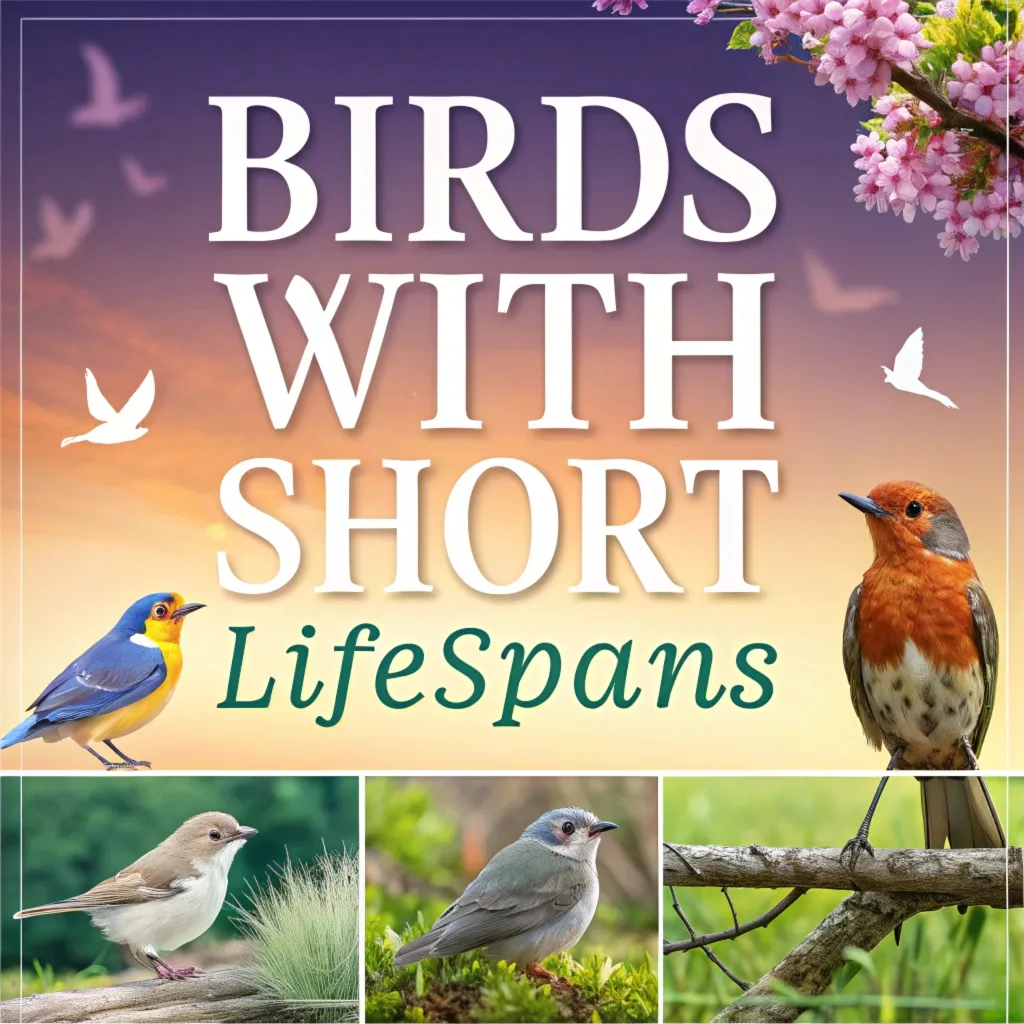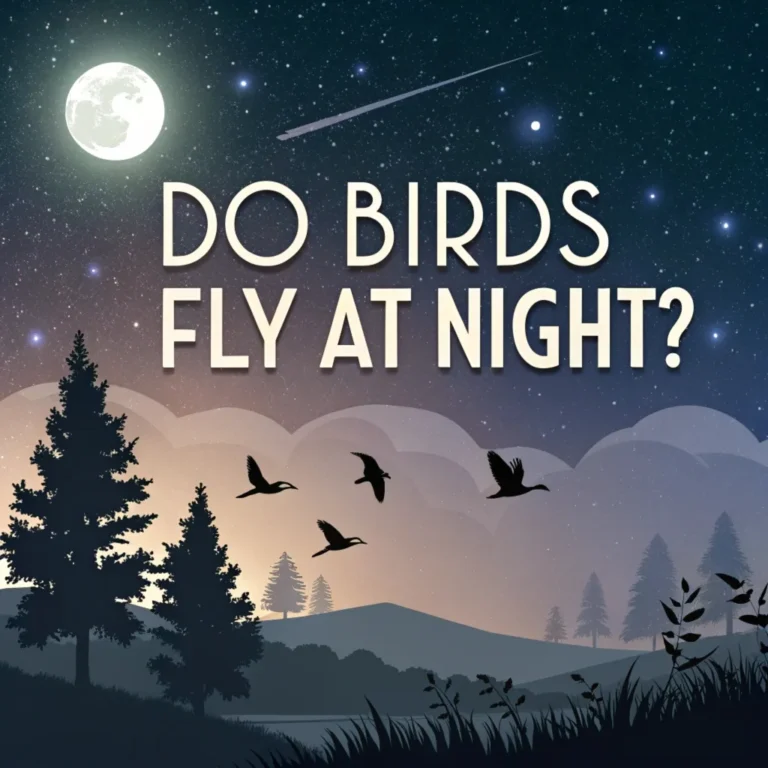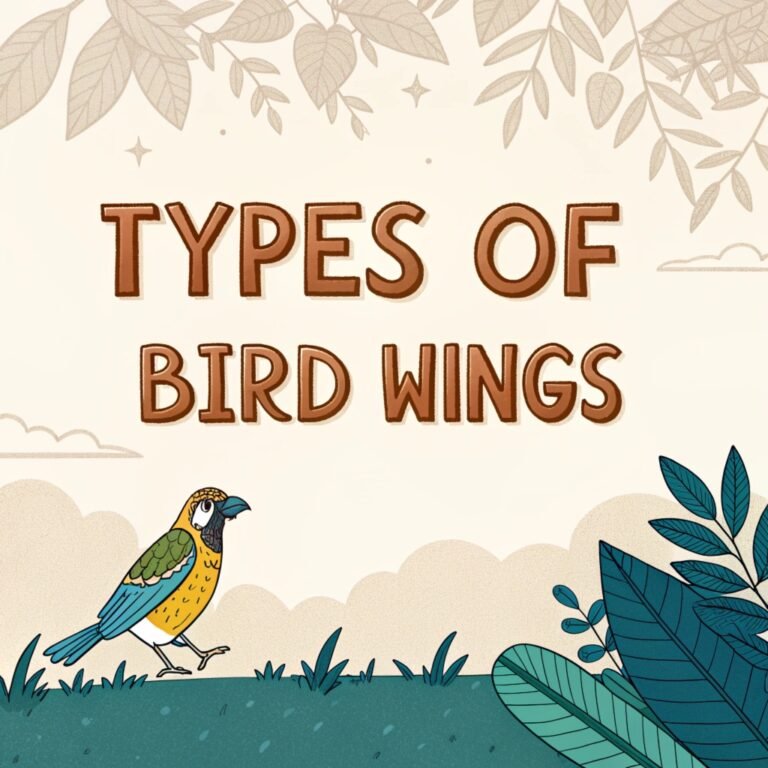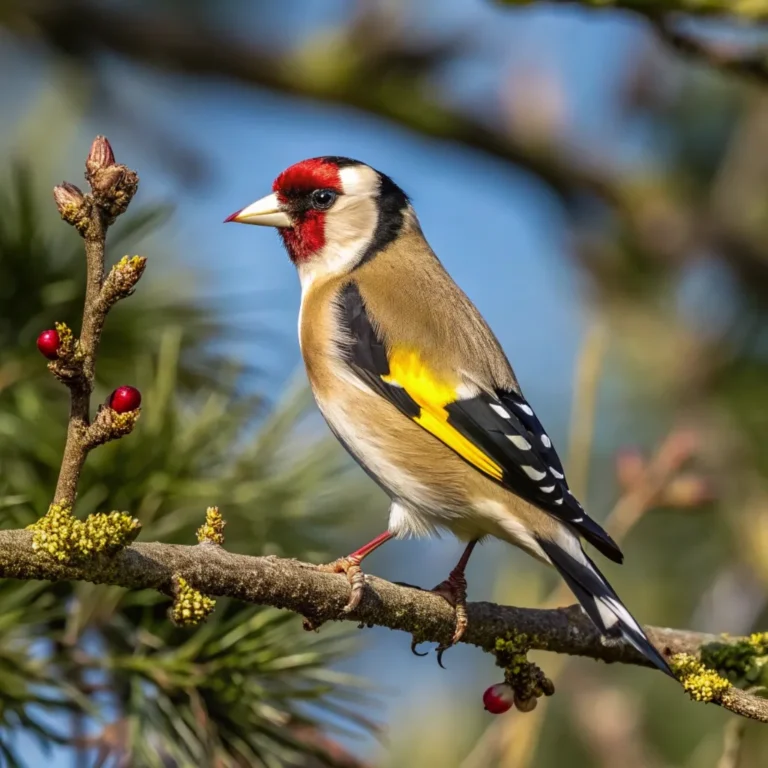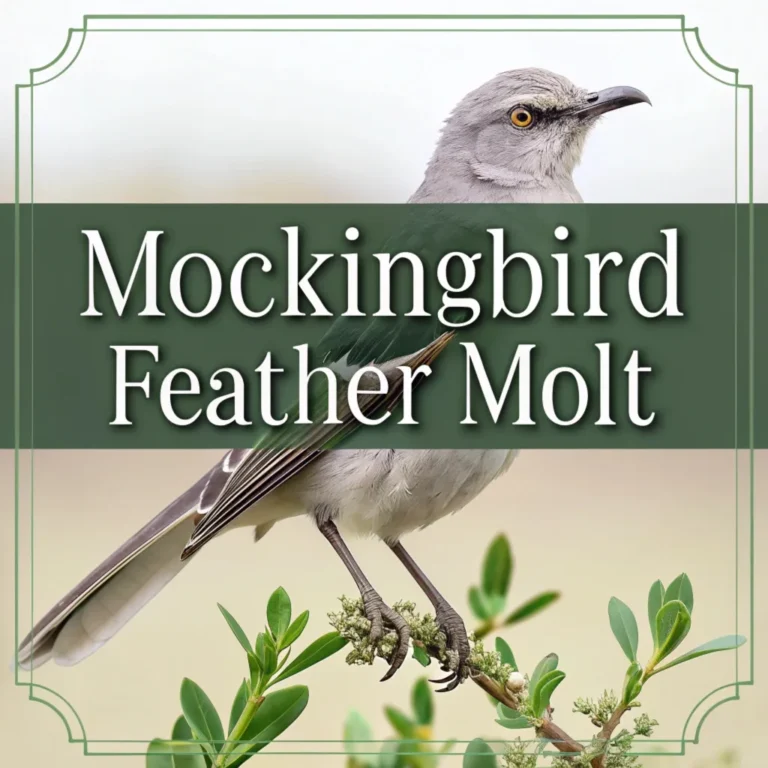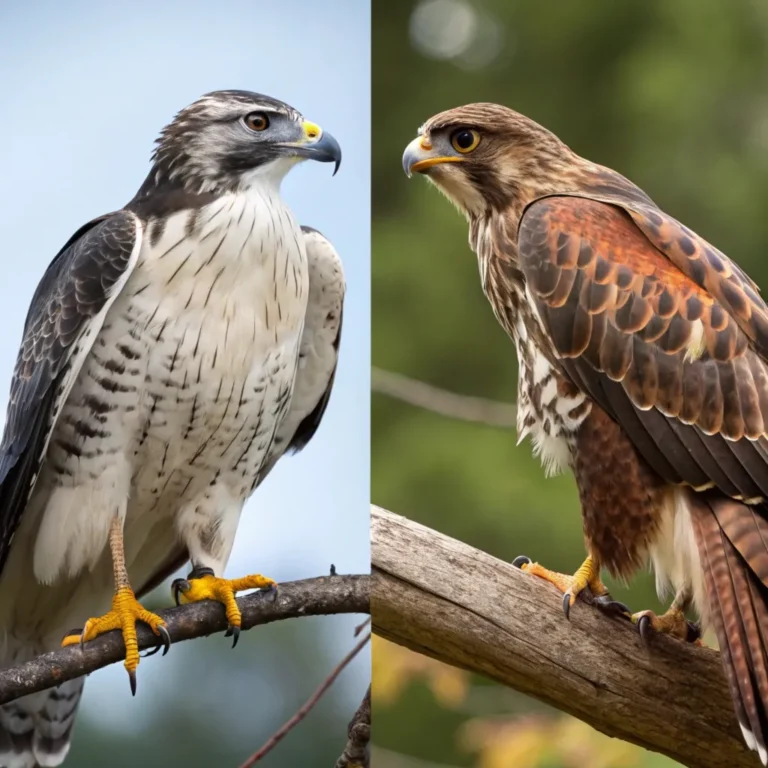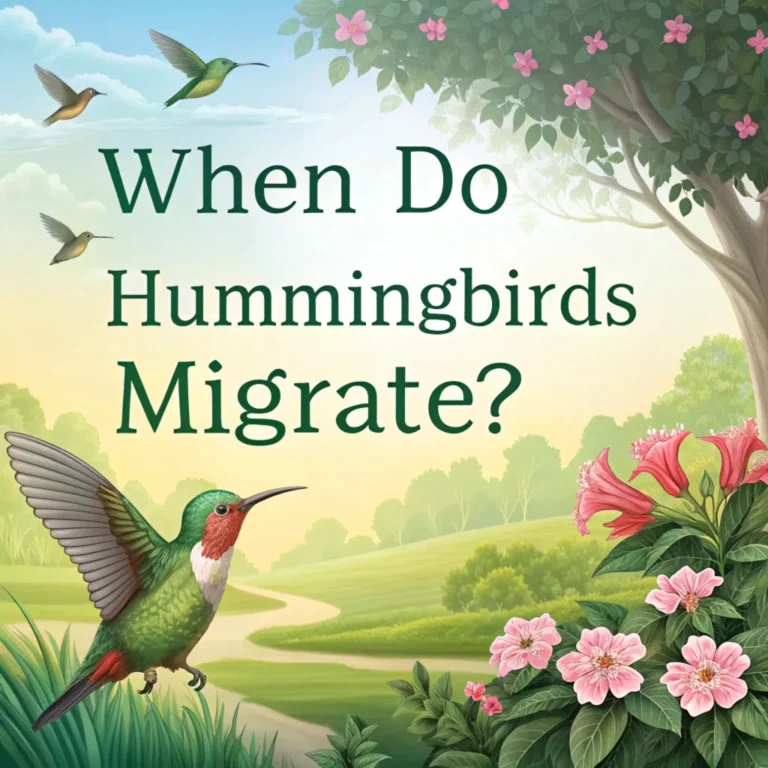Birds with Short Lifespans: Top 10 Species to Know About
In the vast world of avian life, some birds have remarkably short lifespans compared to their feathered counterparts.
Understanding these species with brief life cycles provides fascinating insights into nature’s diversity and the delicate balance of ecosystems.
Let’s explore the top 10 bird species known for their short lifespans, examining their unique characteristics and the factors that contribute to their brief existence.
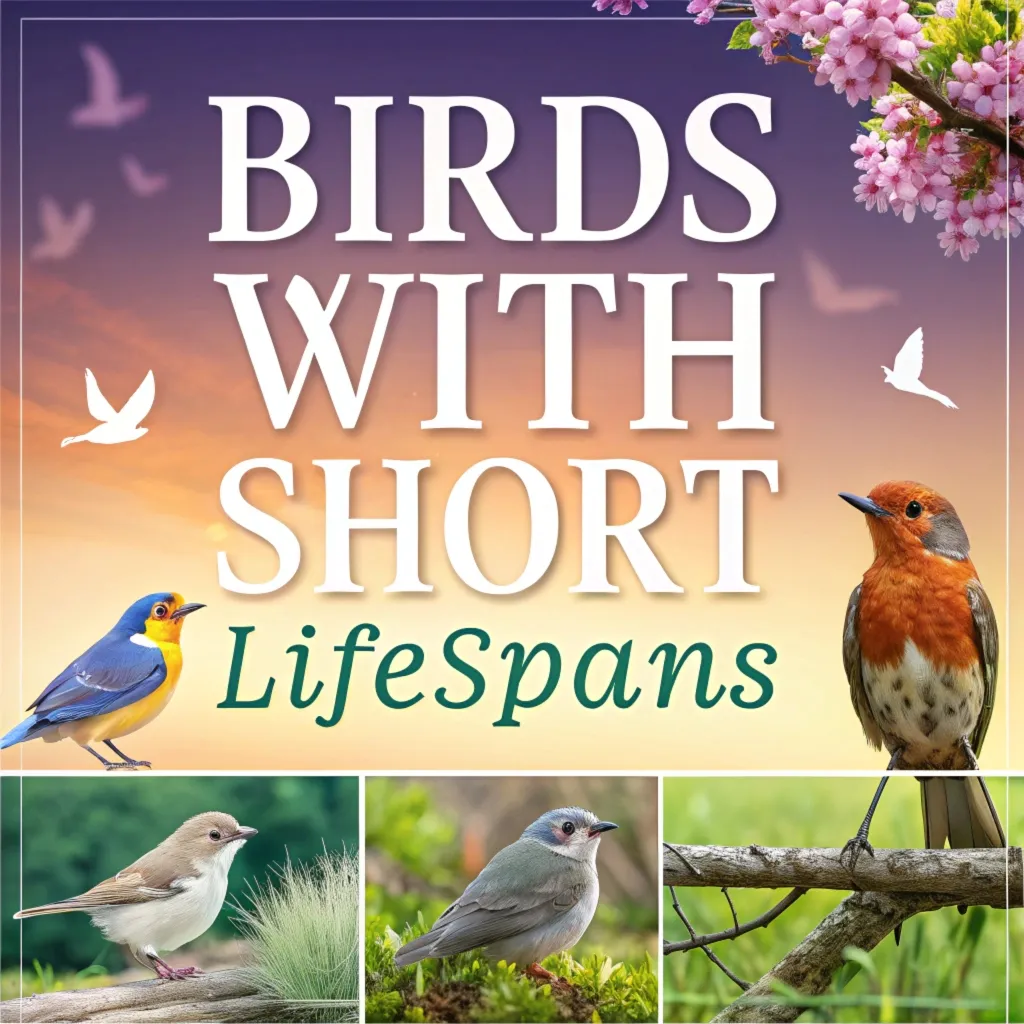
Key Takeaways
- Ruby-throated Hummingbirds have one of the shortest lifespans among birds, living only 3-5 years on average.
- House Sparrows typically live for about 3 years in the wild.
- The Northern Bobwhite has an extremely short average lifespan of only 0.5 years.
- European Robins and Dunnocks both have average lifespans of around 2 years.
- Common Blackbirds usually live for about 3 years on average.
- Budgerigars have a relatively short lifespan of 5-15 years in captivity.
- Finches and Canaries have average lifespans of around 10-12.5 years.
- Long-tailed Tits and European Blue Tits typically live for 2-3 years.
- Wrens have a short average lifespan of about 2 years.
- Pigeons have a relatively short lifespan of about 3 years in the wild.
1. Ruby-throated Hummingbird
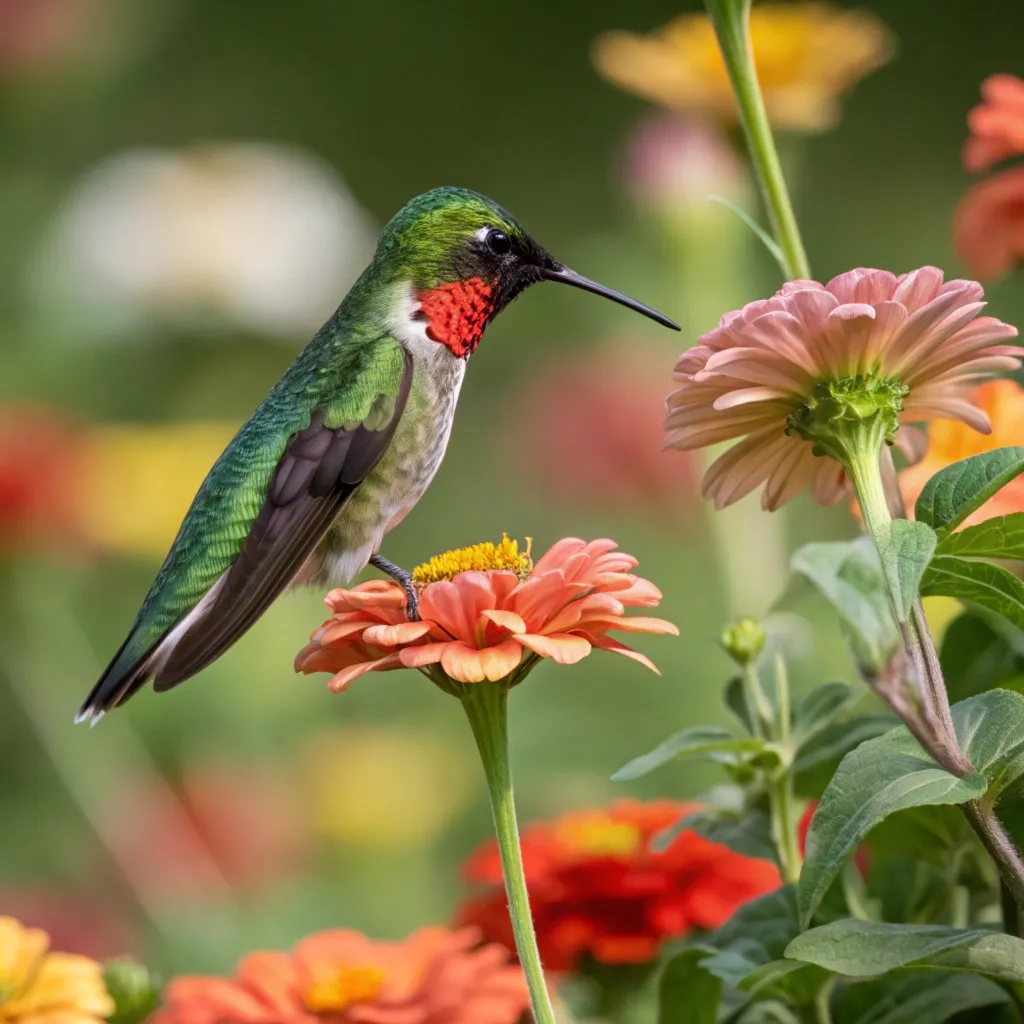
The Ruby-throated Hummingbird is a marvel of nature, known for its tiny size and incredible flying abilities. These diminutive birds have one of the shortest lifespans among avian species, living only 3-5 years on average.
Despite their brief existence, Ruby-throated Hummingbirds play a crucial role in pollination and are a joy to observe in gardens across North America.
Factors contributing to their short lifespan include their high metabolism, which requires them to consume nectar frequently, and the numerous predators they face, including larger birds and even some insects.
However, their agility and speed often help them evade danger, allowing them to make the most of their brief time on Earth.
2. House Sparrow
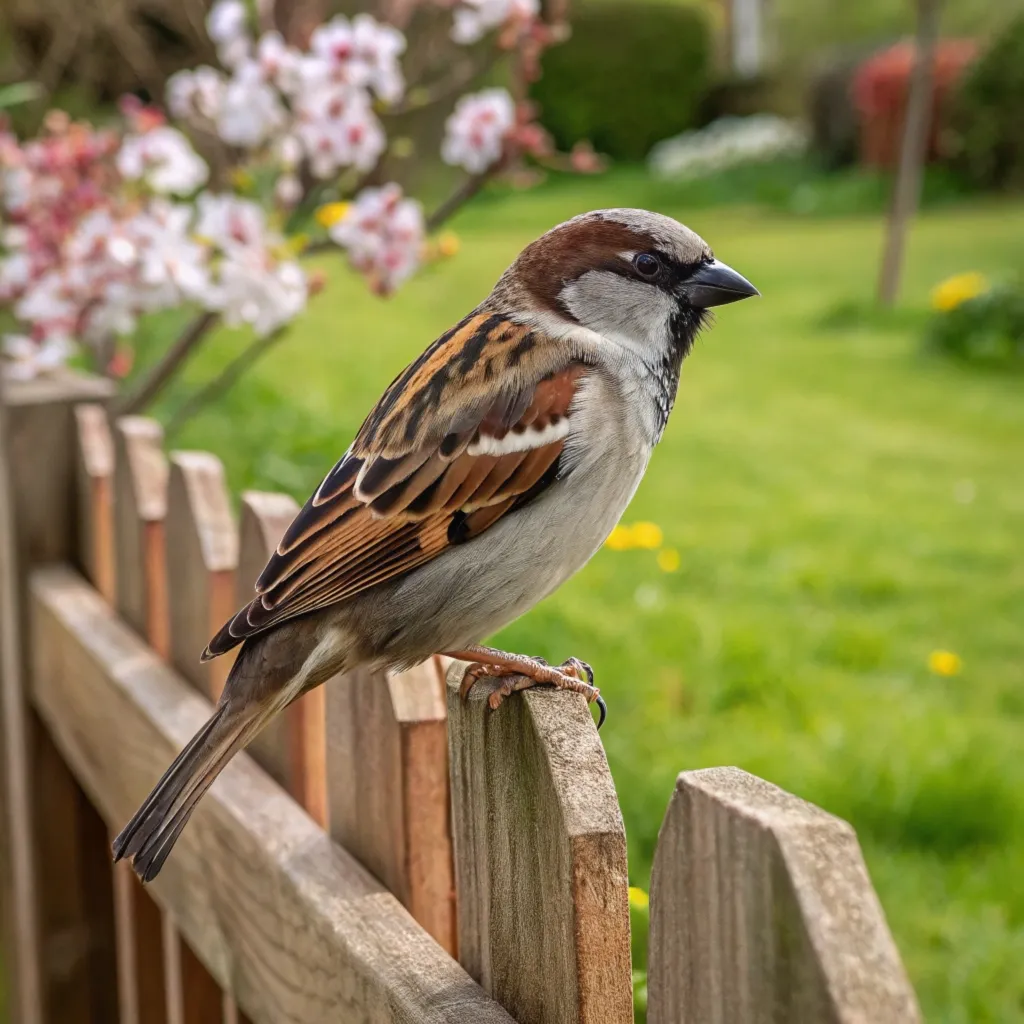
House Sparrows are common birds found in urban and rural areas worldwide. These small, adaptable birds have a relatively short average lifespan of about 3 years in the wild.
Despite their brief lives, House Sparrows have successfully colonized diverse habitats and continue to thrive in human-populated areas.
The short lifespan of House Sparrows is influenced by various factors, including predation, disease, and environmental challenges.
However, their ability to produce multiple broods per year helps maintain stable populations despite their brief individual lives.
3. Northern Bobwhite
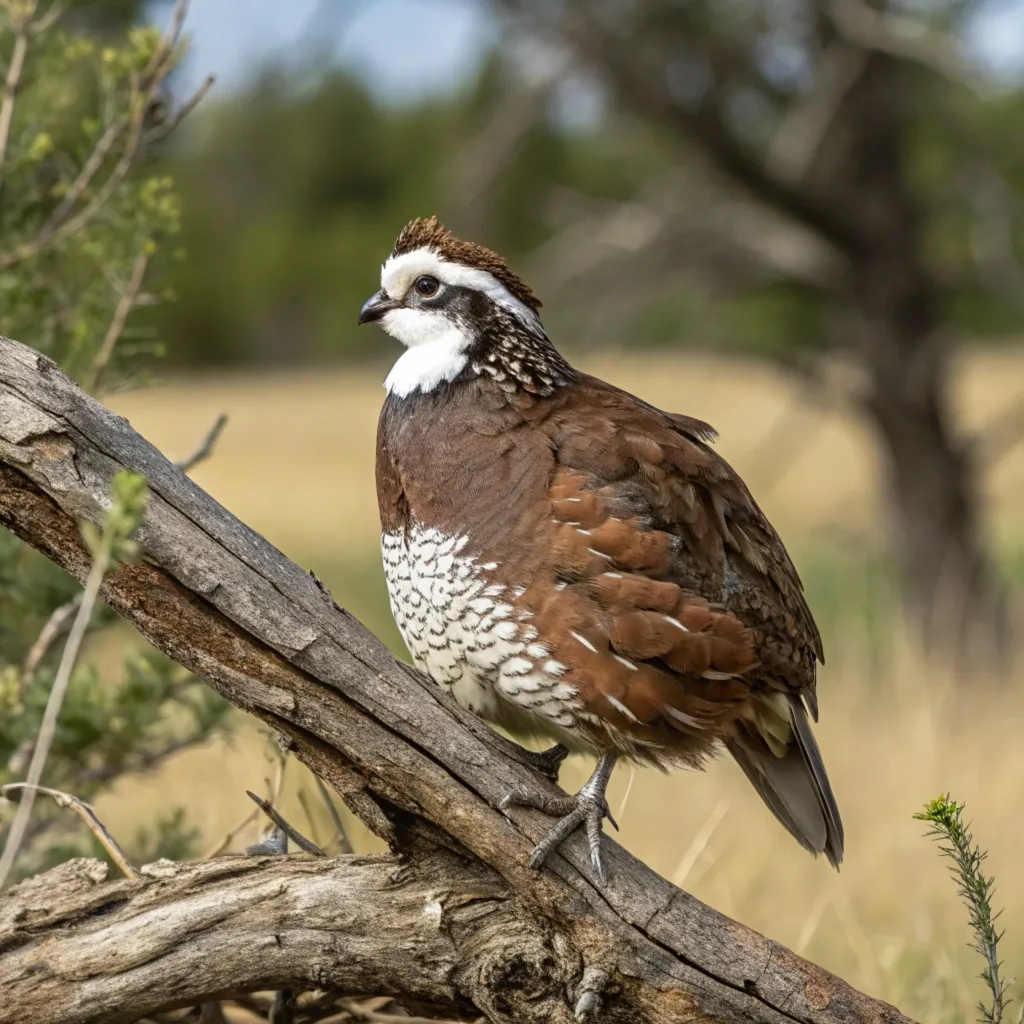
The Northern Bobwhite, a small ground-dwelling quail, has an extremely short average lifespan of only 0.5 years. This remarkably brief life cycle is primarily due to high predation rates and environmental pressures.
Despite their short lives, Northern Bobwhites play a significant role in their ecosystems and are popular among birdwatchers and hunters alike.
Conservation efforts are crucial for Northern Bobwhites, as their populations have declined in recent years due to habitat loss and fragmentation.
Preserving grassland and shrubland habitats is essential for ensuring the survival of this short-lived species.
4. European Robin

The European Robin, beloved for its bright red breast and cheerful song, has an average lifespan of around 2 years.
These small birds are common in gardens and woodlands across Europe, bringing joy to many with their friendly demeanor and melodious tunes.
Despite their short lives, European Robins are highly adaptable and can produce multiple broods each year.
Their ability to thrive in various habitats, from urban gardens to rural forests, helps maintain stable populations despite individual birds’ brief lifespans.
5. Common Blackbird
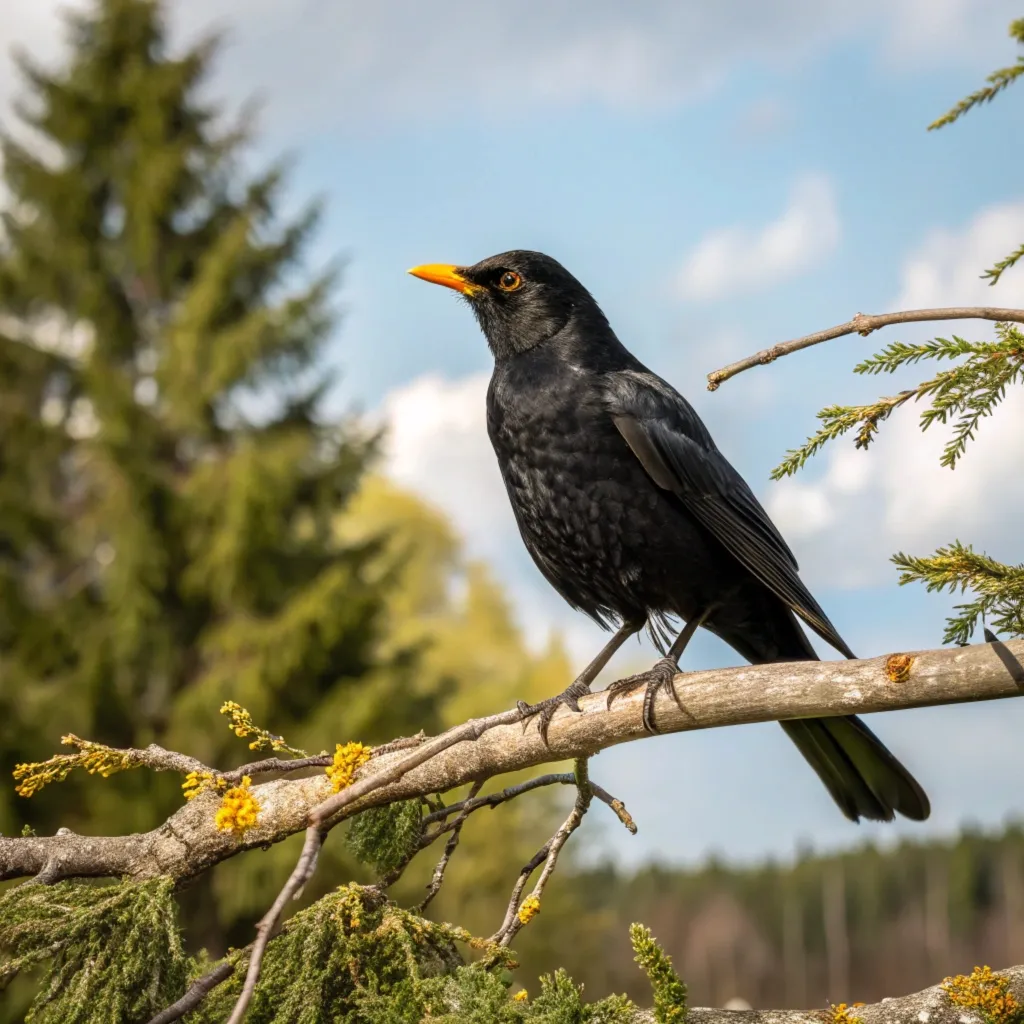
Common Blackbirds typically live for about 3 years on average in the wild. These medium-sized thrushes are well-known for their melodious songs and are common sights in gardens and parks across Europe, Asia, and North Africa.
The relatively short lifespan of Common Blackbirds is influenced by factors such as predation, disease, and environmental stressors.
However, their adaptability to urban environments and their ability to produce multiple broods each year help maintain healthy populations despite individual birds’ brief lives.
6. Budgerigar
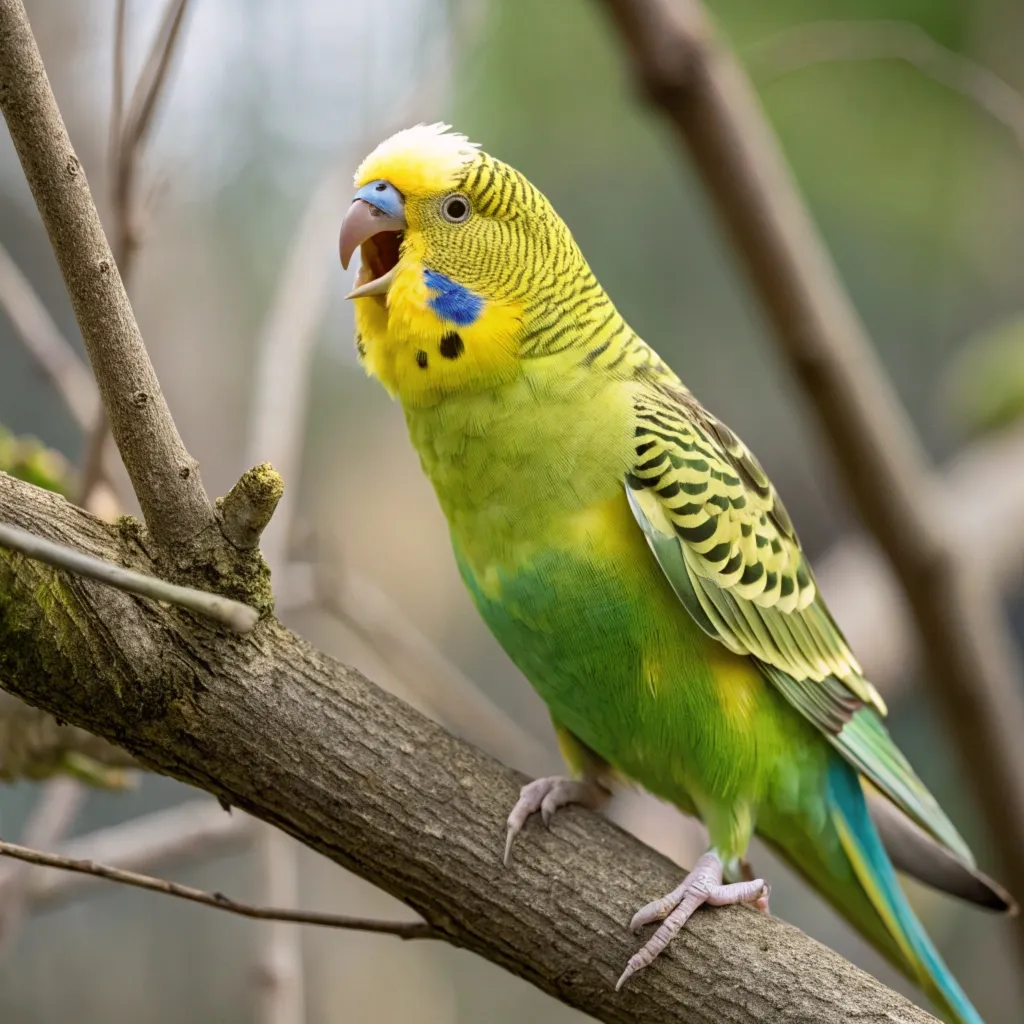
Budgerigars, also known as parakeets, are popular pet birds with a relatively short lifespan of 5-15 years in captivity.
These small, colorful parrots originate from Australia and have become beloved companions worldwide due to their playful nature and ability to mimic human speech.
In the wild, Budgerigars face numerous challenges that can shorten their lifespan, including predation and harsh environmental conditions.
However, in captivity, with proper care and nutrition, these charming birds can live longer and healthier lives.
7. Finches
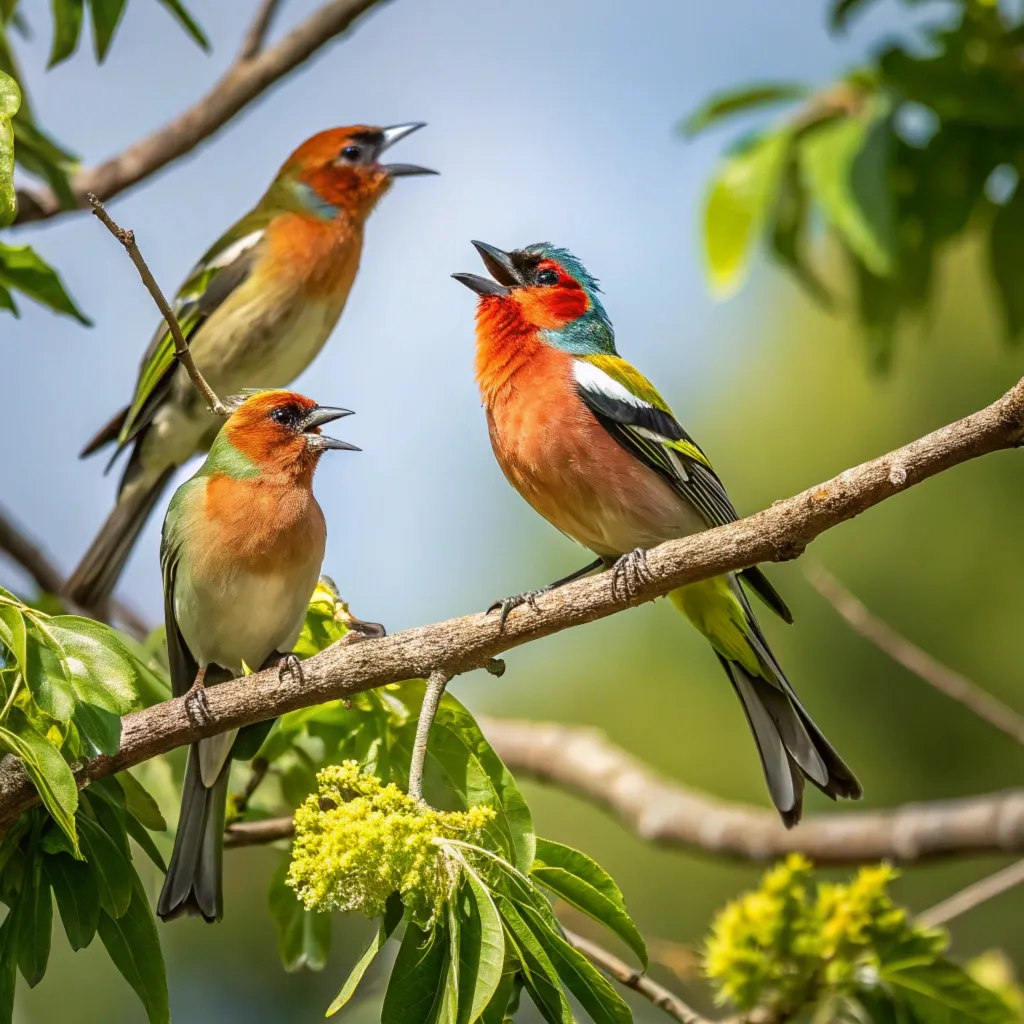
Finches are a diverse group of small songbirds with average lifespans ranging from 5-9 years.
These colorful and lively birds are popular both as pets and in the wild, known for their melodious songs and active behavior.
The lifespan of finches can vary depending on the specific species and their living conditions.
In the wild, finches face challenges such as predation and environmental stressors, while in captivity, their longevity can be extended with proper care, nutrition, and a stimulating environment.
8. Canary
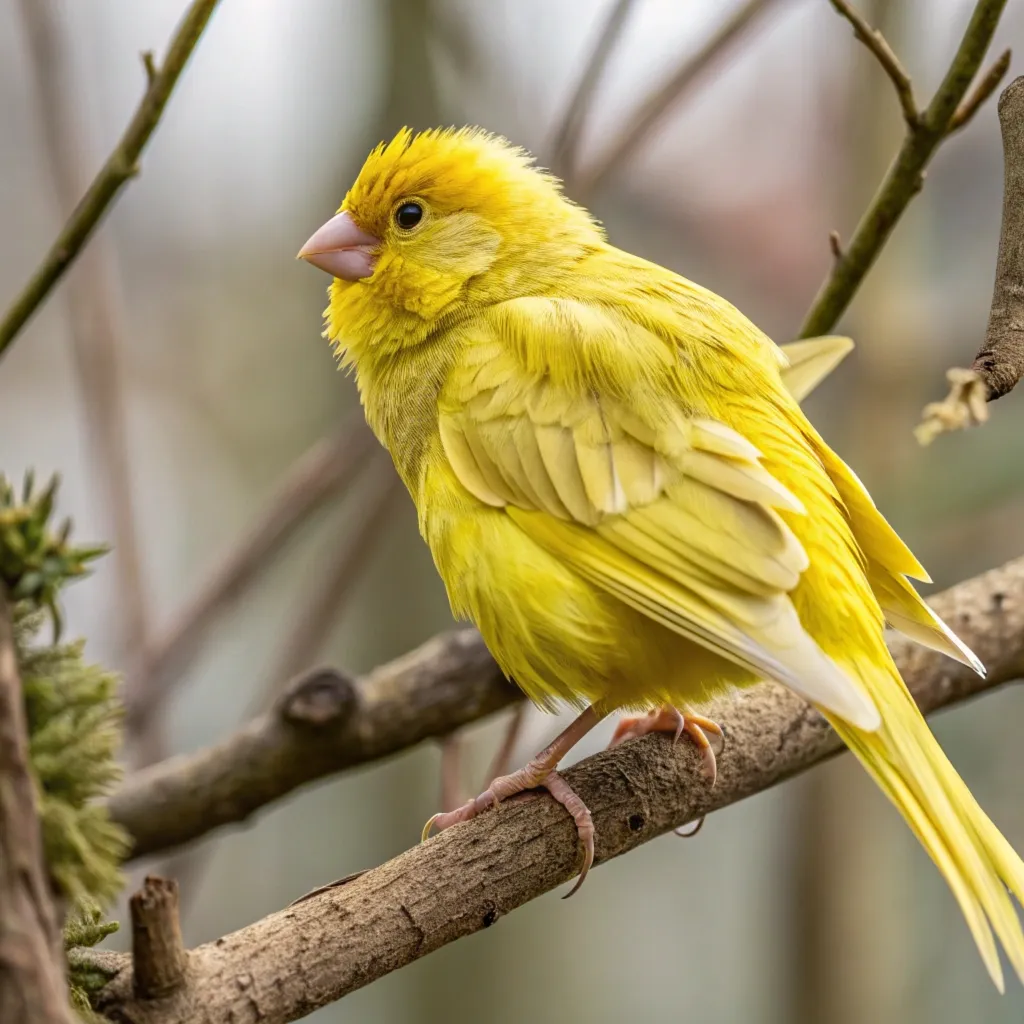
Canaries are beloved songbirds with lifespans ranging from 5-10 years. These small, vibrant birds have been popular pets for centuries, prized for their melodious songs and cheerful dispositions.
Originating from the Canary Islands, these birds have been bred in captivity for various colors and singing abilities.
In the wild, canaries face numerous challenges that can shorten their lifespan, including predation and environmental factors.
However, in captivity, with proper care and nutrition, canaries can live longer and healthier lives, bringing joy to their owners with their beautiful songs and lively personalities.
9. Long-tailed Tit
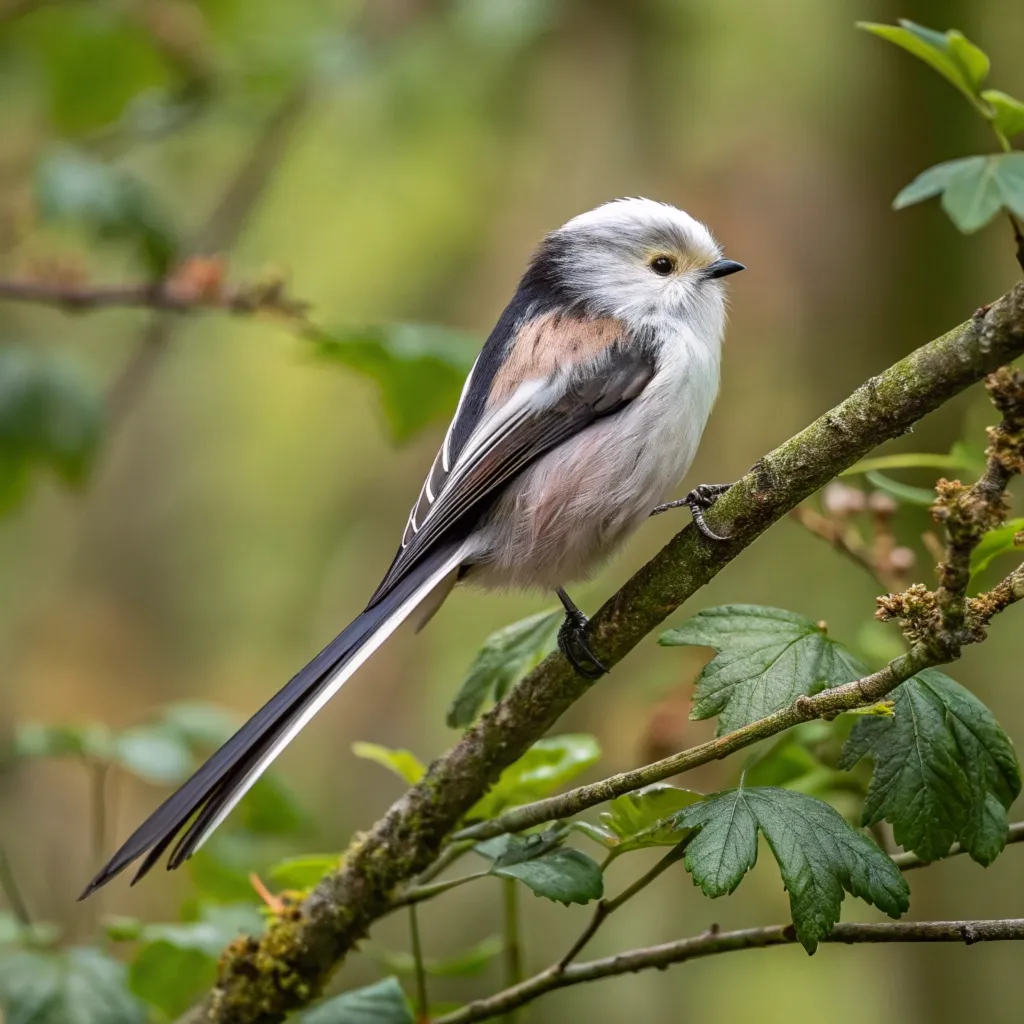
The Long-tailed Tit is a charming small bird with a short average lifespan of 2-3 years.
These social birds are known for their distinctive long tails and are often seen in small flocks, flitting through trees and shrubs in search of insects and spiders.
Despite their brief lives, Long-tailed Tits have developed interesting social behaviors to increase their chances of survival.
They often engage in cooperative breeding, where young birds from previous broods help their parents raise new chicks, enhancing the survival rates of the species as a whole.
10. Pigeon
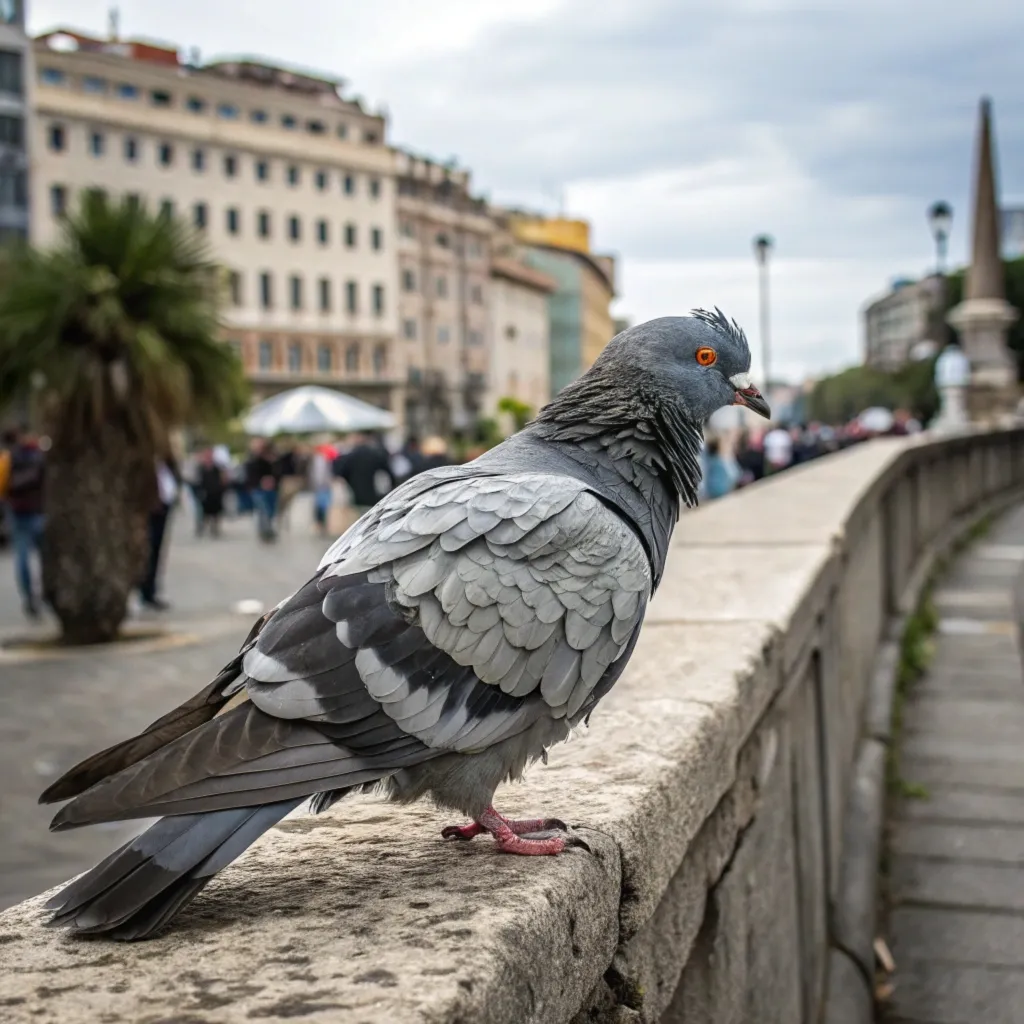
Pigeons, common birds in urban environments worldwide, have a relatively short lifespan of about 3-5 years in the wild. These adaptable birds have successfully colonized cities and towns, thriving in close proximity to humans.
The short lifespan of pigeons is influenced by various factors, including predation, disease, and environmental challenges associated with urban living.
However, their ability to produce multiple broods per year and their adaptability to diverse environments help maintain stable populations despite their brief individual lives.
Understanding the lifespans of these bird species provides valuable insights into their ecology and conservation needs. While their lives may be brief, these birds play crucial roles in their ecosystems and bring joy to birdwatchers and nature enthusiasts worldwide.
By appreciating and protecting these short-lived species, we can ensure that future generations will continue to enjoy their presence in our skies and gardens.
Factors Affecting Bird Lifespans
Several factors contribute to the short lifespans of certain bird species. Genetics play a significant role, as some birds are naturally predisposed to shorter lives due to their evolutionary history.
Size is another crucial factor, with smaller birds generally having shorter lifespans than larger species. This is often related to their higher metabolic rates and increased vulnerability to predators.
Environmental pressures also significantly impact bird lifespans. Factors such as habitat loss, climate change, and pollution can reduce the average lifespan of many bird species. Additionally, predation and disease are constant threats that can shorten a bird’s life expectancy in the wild.
Conservation Implications
The short lifespans of these bird species have important implications for conservation efforts. Rapid reproduction is often a key survival strategy for short-lived birds, allowing them to maintain stable populations despite high mortality rates.
However, this also means that these species can be particularly vulnerable to sudden environmental changes or habitat loss.
Conservation initiatives focused on protecting and restoring habitats are crucial for ensuring the survival of short-lived bird species.
Additionally, efforts to reduce human-caused threats, such as pollution and climate change, can help extend the average lifespans of these birds and promote healthier populations.
FAQs
How does a bird’s size relate to its lifespan?
Generally, smaller birds tend to have shorter lifespans compared to larger species. This is often due to their higher metabolic rates and increased vulnerability to predators and environmental stressors.
Can captive birds live longer than their wild counterparts?
Yes, birds in captivity often live longer than their wild counterparts due to reduced predation, consistent food supply, and veterinary care. However, the quality of care and living conditions in captivity significantly impact a bird’s lifespan.
What is the shortest-lived bird species?
The Northern Bobwhite has one of the shortest average lifespans, at only 0.5 years in the wild. However, individual lifespans can vary based on environmental factors and luck.
How do environmental factors affect bird lifespans?
Environmental factors such as habitat quality, food availability, predation pressure, and climate conditions can significantly impact a bird’s lifespan. Harsh conditions or habitat loss can reduce life expectancy, while favorable environments can help birds live longer.
Are there any conservation efforts specifically targeting short-lived bird species?
Many conservation efforts focus on habitat preservation and restoration, which benefit both short-lived and long-lived bird species. Some initiatives specifically target species with short lifespans by promoting rapid breeding programs and protecting critical habitats during breeding seasons.

Joyce is the passionate founder of Chirping Hearts, a website dedicated to sharing her love for birds and providing valuable information about avian life. With a background in ornithology and years of experience in birdwatching, Joyce aims to inspire others to appreciate the beauty and diversity of birds. Through her engaging articles and guides, she hopes to foster a community of bird enthusiasts who share her enthusiasm for these incredible creatures. When she’s not writing, Joyce enjoys exploring nature trails and observing birds in their natural habitats.
